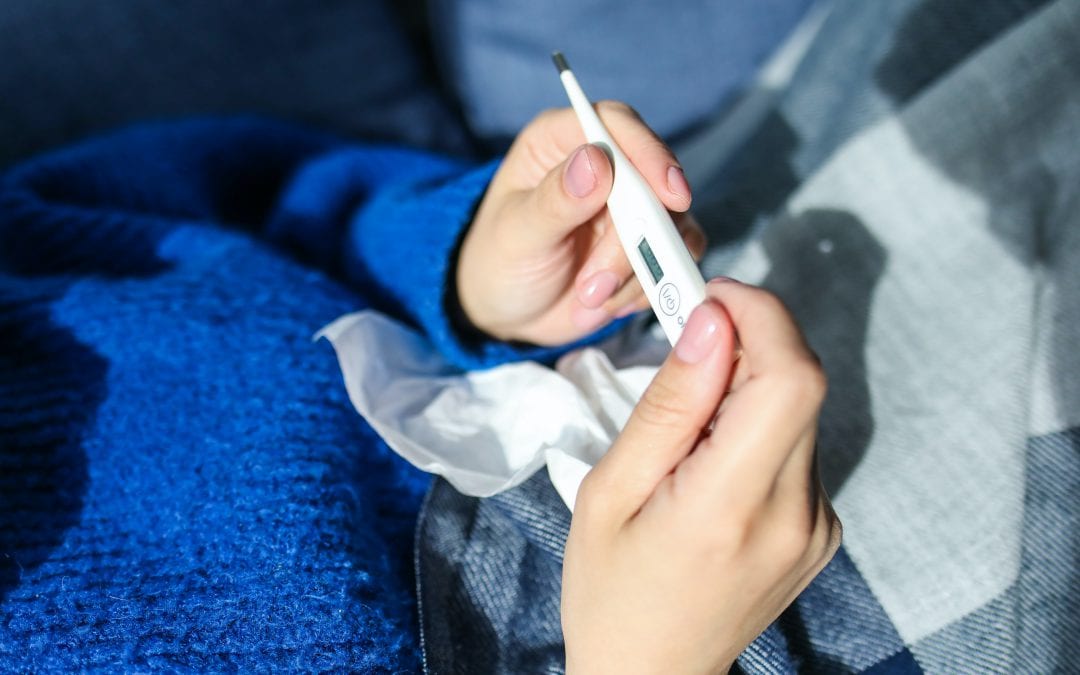Drinking alcohol, especially heavy drinking, can lead to sickness absence from the workplace. This can have economic consequences due to decreased productivity. A recently published meta-analysis1 is the first to conduct a dose-response analysis. It finds a J-shaped association: binge drinking and heavy drinking increase the risk of sickness absence compared to light to moderate drinkers. But non-drinkers also have a higher risk than light to moderate drinkers.
What is already known? Studies towards alcohol consumption and sickness absence show mixed results. Some find a linear association, but others find a J-shaped association which means that light and moderate drinkers are less likely to incur sickness absence than abstainers or heavy drinkers.2
What does this study add? There has not been done a dose-response analysis towards the association. This meta-analysis includes 21 studies: 12 cohort and 9 cross-sectional studies.
Heavy drinking increased risk
As expected, for both men and women binge drinking is associated with a higher risk of sickness absence compared to light to moderate drinking (up to two drinks a day). This is also the case for risky drinking (two to four drinks a day) and high risk drinking (more than four drinks a day).
Non-drinkers also increased risk
On the other hand, non-drinkers also have a higher risk of sickness absence compared to light and moderate drinkers; there seems to be a J-shaped relationship.
The increased risk of sickness absence for non-drinkers could be due to a protective effect of light alcohol consumption, but also due to confounding. Studies might have included people as non-drinkers who quit drinking because of ill health. This means that those who belong to the abstainer group may be absent from work not because of alcohol consumption consequences, but because of pre-existing illness.
Strengths
- Meta-analysis
- Dose-response analysis
- Effect women and men studied separately
- Tested for publication bias
Shortcomings
- Observational research – cannot prove causality
- Ex-drinkers not separated from never drinkers
- Sub-group analysis showed high heterogeneity
References
- Marzan, M., Callinan, S., Livingston, M., Leggat, G., & Jiang, H. (2021). Systematic Review and Dose–Response Meta-Analysis on the Relationship Between Alcohol Consumption and Sickness Absence. Alcohol and Alcoholism.
- Ervasti, J., Kivimäki, M., Head, J., Goldberg, M., Airagnes, G., Pentti, J., & Virtanen, M. (2018). Sickness absence diagnoses among abstainers, low‐risk drinkers and at‐risk drinkers: consideration of the U‐shaped association between alcohol use and sickness absence in four cohort studies. Addiction, 113(9), 1633-1642.

